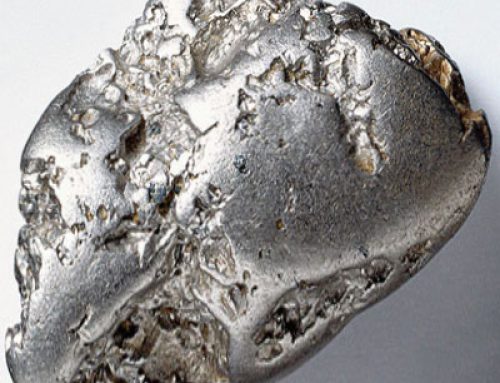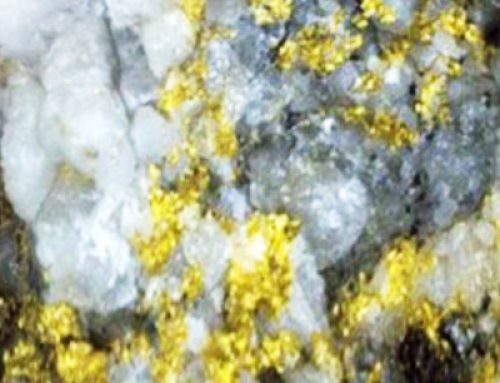The difference between white gold and platinum
Introduction of white gold alloy:
As you know, gold metal due to its malleability and fragility should be mixed with other metals to increase its strength.
By creating this combination, gold alloys are created.
These alloys are made from a combination of metals such as copper, silver, nickel and palladium with gold.
White gold alloy is a combination of gold, nickel, palladium, silver and zinc, which has a natural light gray color.
A rhodium plating (RHODIUM) coating is used to create a gloss on this alloy.
This coating disappears in 12 to 18 months and must be renewed.
In some cases, palladium is used instead of zinc in 18-carat white gold alloy.
According to a special rating, in the production of 18-carat white gold, 750 parts of gold, 50 parts of silver and 200 parts of palladium or 750 parts of gold, 135 parts of nickel, 85 parts of copper and 30 parts of zinc must be used.
Differences between white gold and platinum:
Most people today refer to platinum as white gold, although there are stark differences between the two metals.
Here are some of the differences:
1- Platinum metal has more strength and weight than white gold.
2- Platinum is naturally white and has a higher luster than white gold.
3- Platinum is rarer than gold and therefore more expensive.
4 – Platinum metal has more resistance to turbidity


